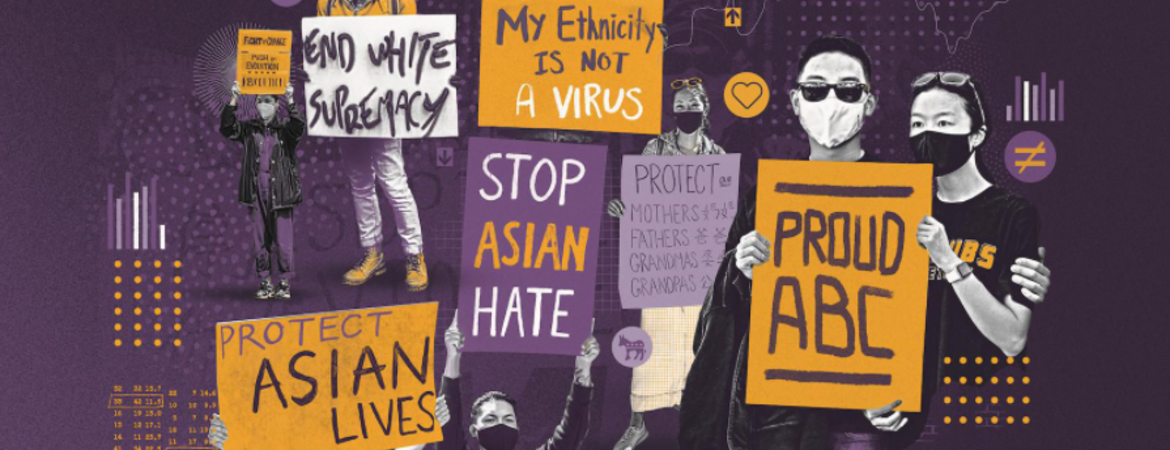Center for Social Innovation

AAPI adults overwhelmingly said it was very or somewhat important for politicians in office to have the same values — 87 percent compared with the 30 percent who wanted politicians to look like them and the 43 percent who wanted politicians from similar backgrounds.
Along those lines, AAPI adults said they felt the most represented (very or somewhat) by elected officials who shared their values.
“Andrew Yang is a good example of that, right?” Wong said. “We saw in our preelection surveys in 2020 that Andrew Yang didn't get majority support from Asian Americans, even Chinese Americans.”
For people of color, experts say descriptive representation is highly correlated with substantive representation. But as more AAPI candidates run against each other and other candidates of color in New York, California and elsewhere, the electorate is looking deeply into what they stand for.
“That’s part of what it means to be a new American majority,” Mielke said. She pointed to Boston, where a woman of color becoming the mayor is all but certain. “That in itself is an indication that voters across the country are getting choices they weren't getting before.”
AAPI voters are going to be much harder to ignore — and so are their preferences for candidates who can speak to the threats they’re facing and invest in relationships with them earlier than the few months before Election Day, she added.
It’s no secret campaigns have fallen short on AAPI outreach before. Politicians preferred to invest their limited time and resources into mobilizing other racial groups, since white voters and Black voters had higher turnout rates for a long period of time. In 2016, a survey of Asian American adults by AAPI Data found that around 70 percent hadn’t seen contact from either party.